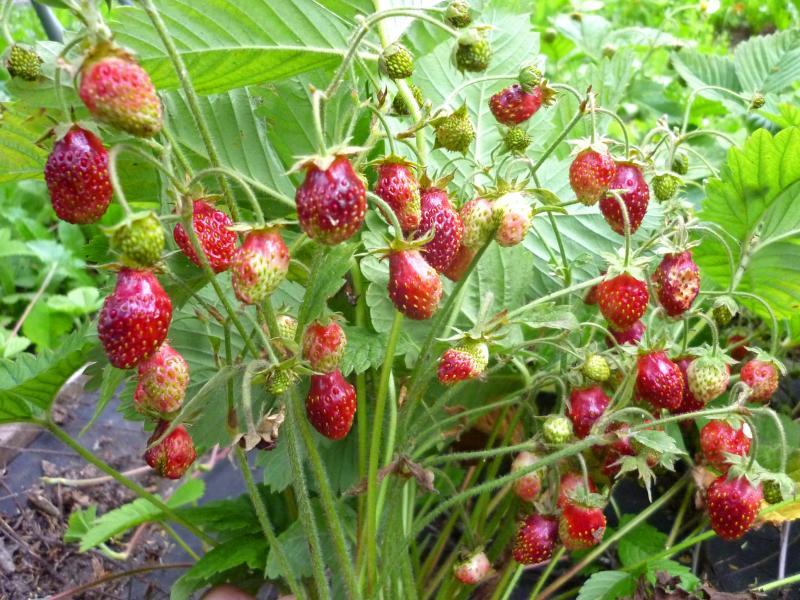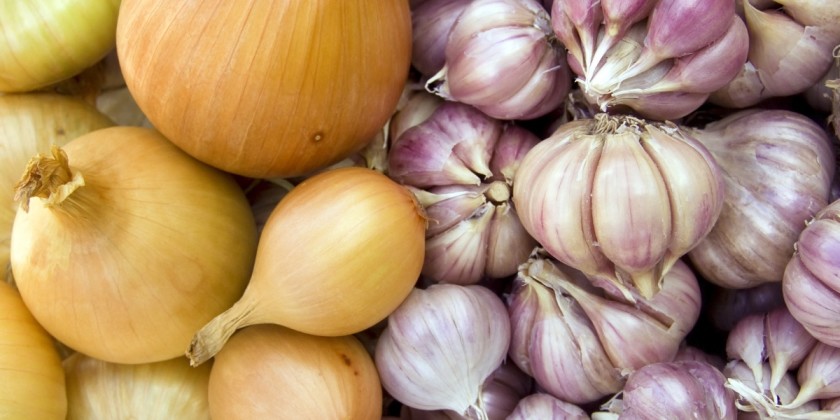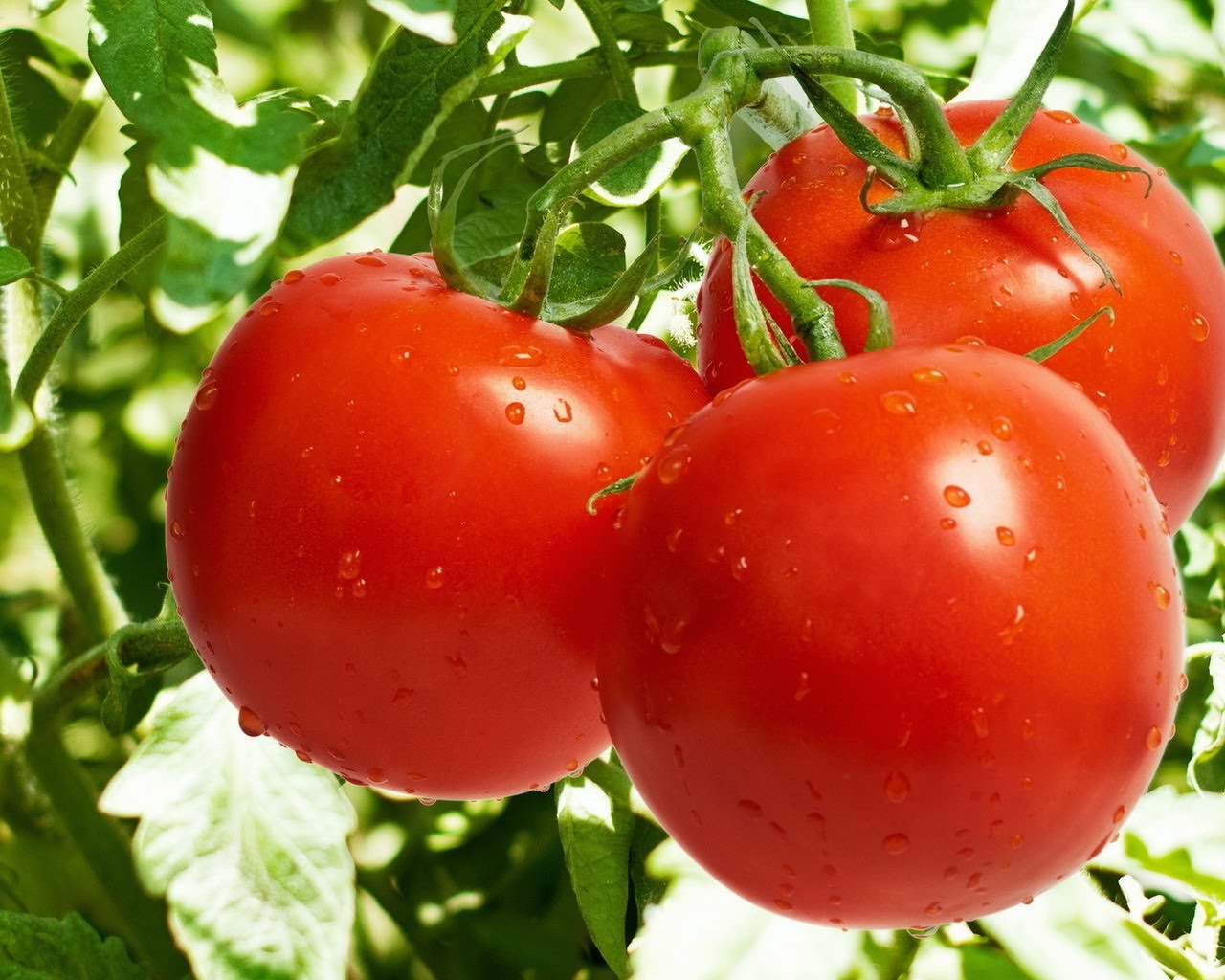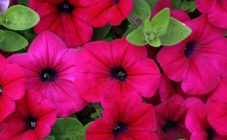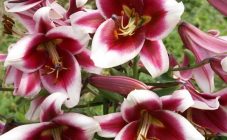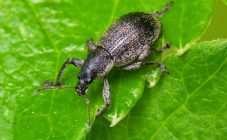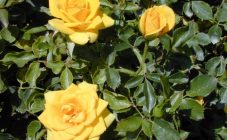There is an opinion among gardeners that the weevil causes the greatest harm to strawberry plantings. The article discusses the most harmful insects for the strawberry harvest than to process strawberries from a weevil during flowering, and also gives recommendations for care if a weevil appears.
Weevil: description and harmfulness
The weevil has varieties. Raspberry-strawberry and nettle-leaf species can have a harmful effect on strawberries.
The raspberry-strawberry weevil is a beetle, from dark gray to black flowers, 2-3 mm long, active during the spring growing season, during the growth of young leaves and strawberry flowering, eats the peduncle and lays the larvae in the buds, which devour them. Hibernates in soil at a depth of 2 cm.
The harmfulness is:
- when the larvae eat up the stalks, as a result, the buds break;
- very small holes appear on the leaves - a sign of a weevil invasion.
The nettle-leaf weevil is a bright green beetle with the greatest activity in cloudy weather, feeds on leaf plates, and also lays larvae in buds.
Since the weevils are very small in size, in the spring it is necessary to constantly inspect the strawberries for holes, as if the leaves were pierced with a needle.
Weevil females can lay up to 50 eggs in strawberry buds during the flowering season, since they fertilize one egg per bud every day. The larva emerges from the egg and actively feeds on the juice of the bud for 20 days, after which it pupates, and a week later a new weevil is born.
Signs of pest exposure
Garden strawberries are susceptible to attack not only by the weevil, but also by other insect pests that can partially or completely destroy the crop. In order to avoid loss of yield, it is necessary to have knowledge of all signs of damage to strawberry plantings by pests. The most common types of strawberry pests are presented in the table below, with a description of the damage.
Types of insect pests and their harm
| Pest | Insect description | The harm done |
|---|---|---|
| Strawberry whitefly | Microscopic white butterfly, its length is 1.4 mm, width is 0.3 mm; does not like sunlight, therefore it lives on the inner side of the leaf | It sucks out leaf juice, light white specks form on the leaves, which interfere with photosynthesis. |
| Shaggy bronze | Black beetle, body length 1.2 cm; causes the greatest harm between May and June | Eats flowers and young leaves. |
| Strawberry nematode | The round worm, its length is only 1 mm, has a body in the form of an elongated cylinder; settles in the axils of the leaves and in the buds. | It causes deformation of the buds during flowering, there is a decrease in the ovaries, they curl, the consequence is the cessation of the growth of the bush. |
| Chafer | Black beetle with brown elytra, up to 25 mm long; becomes active at the end of April; yellowish-white larvae, up to 6 cm in length, eat the root system of the plant. | Partial or complete consumption of leaves is observed. If the bush becomes weak with noticeable wilting, this is a sign of the presence of larvae eating up the roots. |
| Medvedka ordinary | Large (up to 6 cm) and unpleasant-looking brown cockroach pest; loves moist soil with organic fertilizers; eats strawberry root system. | Complete wilting of the strawberry bush due to a damaged root system. |
| Strawberry mite | Transparent from white-yellowish to brown colors; female size - 0.2 mm, male less - 0.1 mm, cannot be seen without a microscope; the greatest activity from mid-July, as he loves warmth. Sucks juice from leaves; | An invasion is recognized by the following signs: a stop in the growth of a bush is a sign of dwarfism; leaves are twisted and wrinkled, waxy yellowish, with further withering away. |
| Slugs | They reproduce actively during the period of rising spring temperatures from + 15-18 ° C with high humidity. | In the center of the leaves there are huge gouged holes and berries eaten from below. |
| Cruciferous flea | Small black beetle, has a convex back and powerful hind limbs, a maximum length of 3 mm; the color has a blue metallic sheen or dullness; knows how to jump and fly, therefore it easily spreads to neighboring areas; the greatest activity in early spring at a temperature of + 15 ° C eats young strawberry leaves. | Numerous holes in the leaves, leading to weakening of plants and death of bushes. |
| Horsefly bug | Greenish-gray beetle, 6 mm long, with short antennae, on the back has a lighter spot in the shape of the letter V; lays eggs in strawberry flowers; larvae are pale green with dots on the back, eat berries. | Small dots appear on the leaves, in place of which there will subsequently be holes, then the leaves will curl and rot. Deformation of the berries occurs due to tissue disorders. |
Weevil control
General control rules to prevent the appearance:
- weed control in strawberry beds;
- digging the soil, loosening it, treating weeds with Lazurite and Arsenal;
- treat the soil with Fitosporin in spring and autumn from pests and diseases;
- control watering, preventing an increase in soil moisture in which insect larvae are deposited;
- plant raspberries and strawberries remotely from each other, since the weevil easily switches from strawberries to raspberries;
- planting onions and garlic around strawberry plantings - weevils and many other pests cannot stand their smell.
There are 4 types of protection measures for processing strawberries and garden strawberries from weevils:
- Biological method. It consists in attracting (growing) predatory insects that eat not only the larvae, but also the pests themselves, for example, the lacewing and the red beetle eat the weevil larvae.
- The chemical method of protection involves the use of chemicals and gives an answer how to treat strawberries and strawberries in the spring from a weevil. The most common strawberry planting chemicals are Nemabact, Inta-Vir, Antonem-F, Karbofos and Actellic. You should carefully study the instructions for use.
- The mechanical method is to manually pick the weevils, or spread newspapers on the ground between the beds and in the early morning, when the weevils are sleeping, shake off each strawberry bush. Next, burn newspapers with insects. You can also walk around the plantings with a car vacuum cleaner or apply a sweet trap by mixing 100 g of yeast with 200 g of sugar per 1 liter of water, let it ferment and place in bottles in the aisles.
- Popular control measures - protection against weevils is provided by various solutions. You can spray the leaves and buds using the following recipes:
- Wormwood with garlic: 500 gr. wormwood + 200 ml of water to boil for 15 minutes and add 50 gr. chopped garlic, let it brew and cool. Dilute with five liters of water;
- Mustard: dissolve 100 gr.mustard powder in 3 liters of water;
- Laundry soap: 40 gr. dissolve in 3 liters of water;
- Ammonium: 2 tbsp is taken in a bucket of water. l;
- Iodine: for 8 liters of water 1 tsp.
Prevention
Agrotechnical rules for the prevention of the appearance of a weevil will bring abundant fruiting of delicious berries. Agricultural measures are simple and form the basis for proper care of strawberry-strawberry culture, help to get rid of the weevil:
- 1) choose the planting material correctly: it was revealed that the most resistant variety is Festivalnaya strawberry;
- 2) before planting, loosen the soil and treat with pesticides;
- 3) change the place of strawberry beds every 4-5 years, alternating places with garlic, onions, marigolds;
- 4) constantly clear weeds;
- 5) clean the aisles from fallen leaves, especially after harvest;
- 6) thin out the strawberry bushes in the fall.
Weevils and other pests must be dealt with from spring to winter. In early spring, carry out preventive measures, during the flowering period, constantly inspect strawberry plantings for early detection of pest infestations. In the fall, it is imperative to harvest plant residues, clearing the aisles. It is better to burn the remains, as larvae and laid eggs like to hibernate in them.
Strawberry is the colloquial name for garden strawberry, it is a perennial plant. It can be cultivated for up to 20 years, but still the plant gives the most delicious and large fruits in the first four years. In subsequent years, the fruits become smaller and sour, regardless of the variety. But even in these four years, you can not get a tasty harvest if you do not fight the weevil and other numerous pests.
